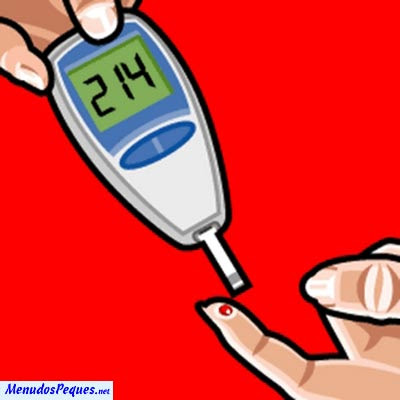It can seem daunting to consider that in the treatment of type 2 diabetes, there are now 9 classes of medications available that lower blood sugars (and several different medications within each of these classes). Which medications to choose, and in which order, are driven by data surrounding efficacy, safety, and ability to prevent cardiovascular events (one of the major diabetes complications we are aiming to prevent). Over the last few years, we have seen several diabetes medications emerge that reduce the risk of cardiovascular events, and with this information, we are seeing more of an algorithm emerge that guides clinicians on which order to consider these different medications.
The 2018 Diabetes Canada Clinical Practice Guidelines Pharmacotherapy chapter now provides an algorithm that not only takes into account cardiovascular risk protection, but also prioritizes the diabetes medications that do not cause two unwanted side effects that are cause by some types of diabetes medications: weight gain, and low blood sugars (hypoglycemia).
This chapter is excellent, comprehensive, (necessarily) big and the list of key messages is long – I encourage patients to read the Key Messages for People With Diabetes, and clinicians to read the entire chapter, but here are some of the highlights:
1. In people with type 2 diabetes with A1C less than 1.5% above the individual patient’s target, glucose lowering medication should be added if targets are not reached with healthy lifestyle interventions within 3 months.
2. In people with type 2 diabetes with A1C 1.5% or more above the patient’s target, medication should be initiated concomitantly with healthy behavior interventions, and consideration could be given to initiating combination therapy with 2 medications.
(note that the old guidelines used an A1C of 8.5% as the cutoffs above. The new wording reflects that the A1C target, though usually 7% or less, can be different from one person to the next – more on this here.)
3. Insulin should be started immediately if there is syptomatic hyperglycemia or metabolic decompensation. In the absence of metabolic decompensation, metformin is still the first choice of medication in people with new type 2 diabetes.
4. Target diabetes control should be achieved within 3-6 months.
5. In people with cardiovascular disease in whom A1C targets are not achieved, a medication with cardiovascular benefit should be added to existing therapy: empagliflozin, liraglutide; or canagliflozin (with a lower grade and level of evidence for canagliflozin).
6. In people without cardiovascular disease who are not at glycemic targets, DPP4 inhibitors, GLP1 receptor agonists, and/or SGLT2 inhibitors should be considered as add on medication over sulfonylureas, meglitinides, insulin and thiazolidinedones, if lower risk of hypoglycemia and/or weight gain are priorities. (Grade A, Level 1A evidence)
7. In people who are on insulin who are not at blood sugar targets, adding a GLP1 receptor agonist, DPP4 inhibitor, or SGLT2 inhibitor may be considered before adding or intensifying mealtime insulin therapy, with less weight gain and comparable or lower hypoglycaemia risk.
8. Newer basal insulins (degludec and U-300 glargine) may be considered over U-100 glargine to reduce overall and overnight hypoglycaemia.
This chapter now includes an excellent table (see table 1 here) that lists the effect of diabetes medications on A1C, weight, cardiovascular outcomes, and other therapeutic considerations as well.
Follow me on twitter! @drsuepedersen












